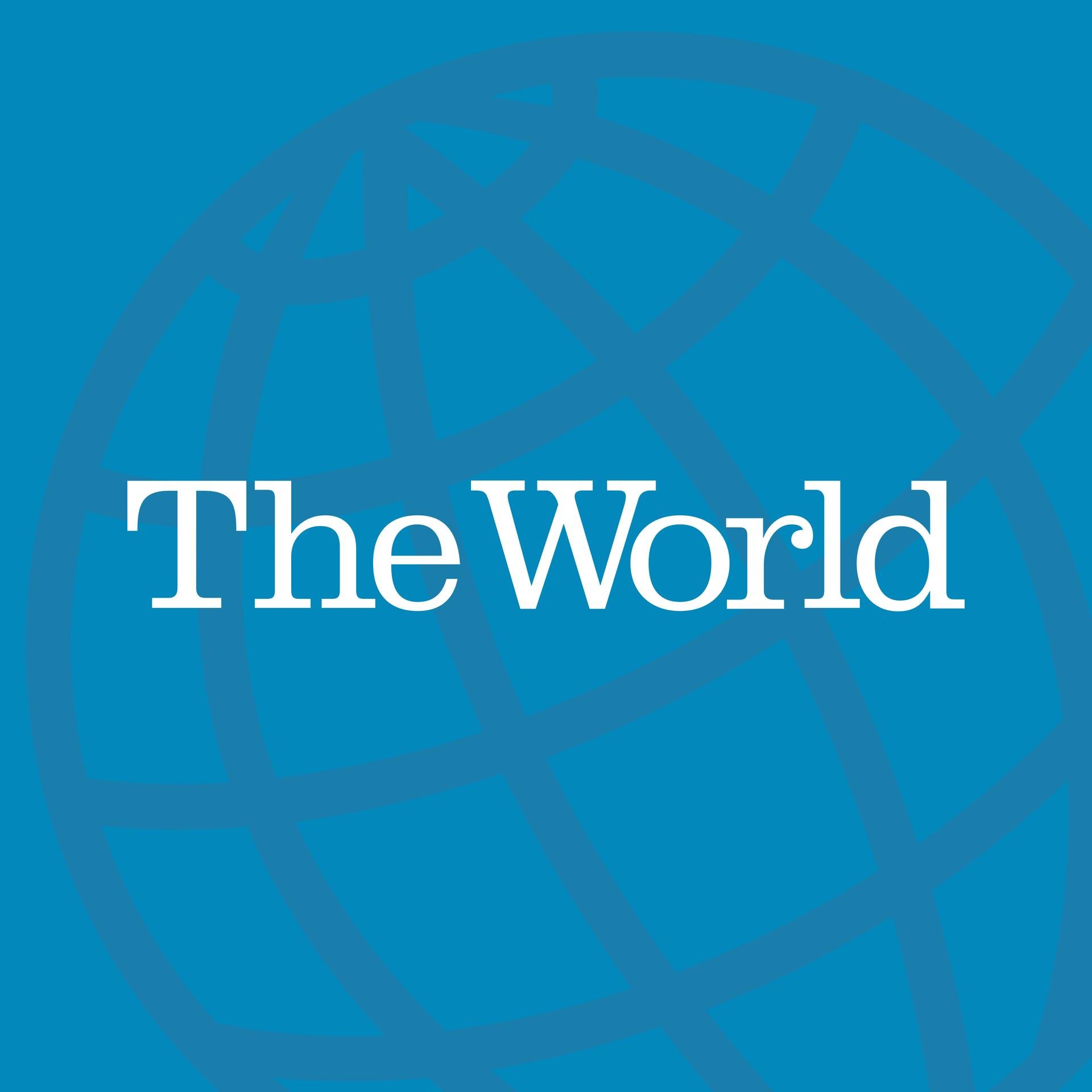
The Palouse Heritage Blog

The Incredible Benefits of Freshly Milling Your Own Flour at Home
There’s nothing quite like the aroma of freshly milled flour. For centuries, people have milled their own grain at home—transforming whole kernels into wholesome, nutrient-rich flour for their daily bread. Today, more and more home bakers, health-conscious families, and self-reliant homesteaders are rediscovering this ancient practice—and finding that it changes everything about the way they bake, eat, and feel.

